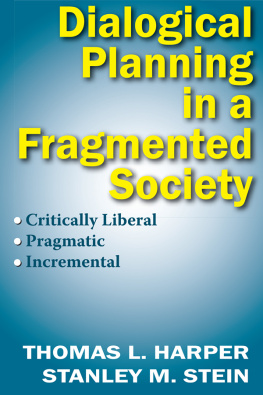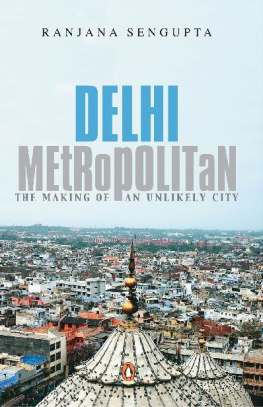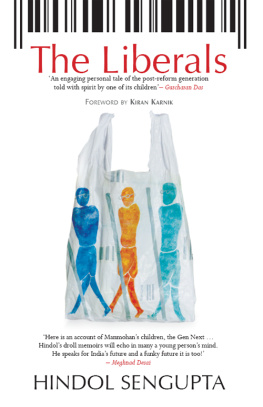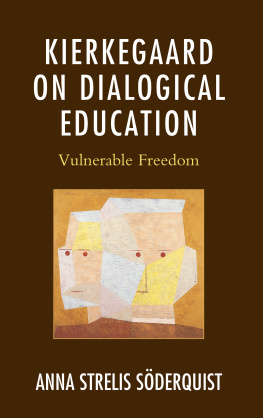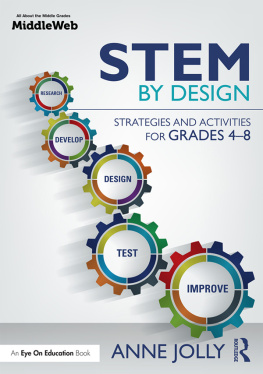Pratim Sengupta - Voicing Coding in Stem: A Dialogical Imagination
Here you can read online Pratim Sengupta - Voicing Coding in Stem: A Dialogical Imagination full text of the book (entire story) in english for free. Download pdf and epub, get meaning, cover and reviews about this ebook. publisher: MIT Press, genre: Home and family. Description of the work, (preface) as well as reviews are available. Best literature library LitArk.com created for fans of good reading and offers a wide selection of genres:
Romance novel
Science fiction
Adventure
Detective
Science
History
Home and family
Prose
Art
Politics
Computer
Non-fiction
Religion
Business
Children
Humor
Choose a favorite category and find really read worthwhile books. Enjoy immersion in the world of imagination, feel the emotions of the characters or learn something new for yourself, make an fascinating discovery.

- Book:Voicing Coding in Stem: A Dialogical Imagination
- Author:
- Publisher:MIT Press
- Genre:
- Rating:3 / 5
- Favourites:Add to favourites
- Your mark:
- 60
- 1
- 2
- 3
- 4
- 5
Voicing Coding in Stem: A Dialogical Imagination: summary, description and annotation
We offer to read an annotation, description, summary or preface (depends on what the author of the book "Voicing Coding in Stem: A Dialogical Imagination" wrote himself). If you haven't found the necessary information about the book — write in the comments, we will try to find it.
Voicing Coding in Stem: A Dialogical Imagination — read online for free the complete book (whole text) full work
Below is the text of the book, divided by pages. System saving the place of the last page read, allows you to conveniently read the book "Voicing Coding in Stem: A Dialogical Imagination" online for free, without having to search again every time where you left off. Put a bookmark, and you can go to the page where you finished reading at any time.
Font size:
Interval:
Bookmark:
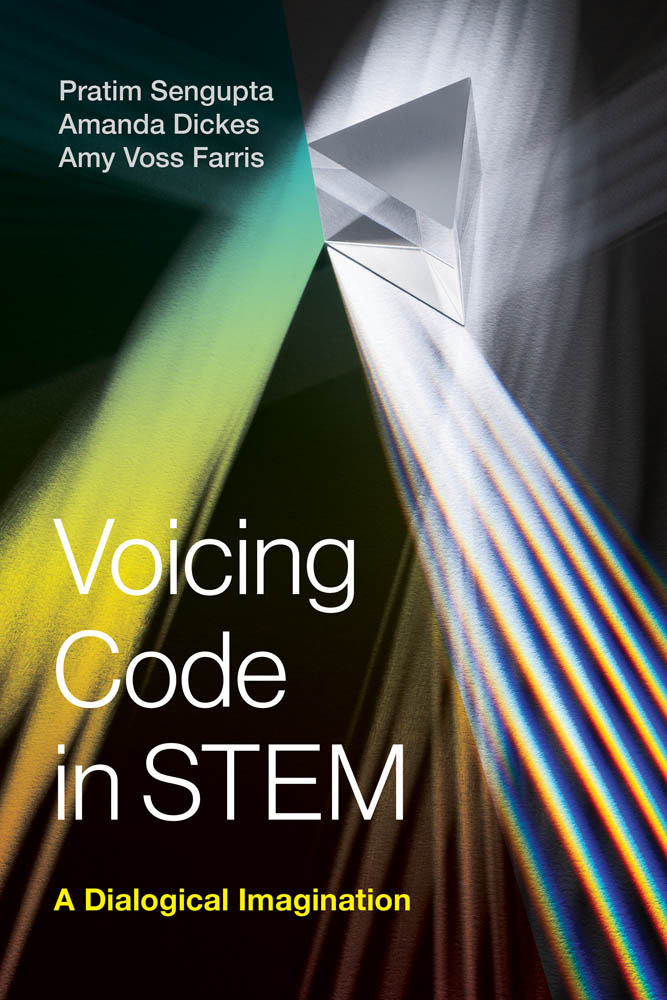
Voicing Code in STEM
A Dialogical Imagination
Pratim Sengupta, Amanda C. Dickes, and Amy Voss Farris
The MIT Press
Cambridge, Massachusetts
London, England
2021 Massachusetts Institute of Technology
All rights reserved. No part of this book may be reproduced in any form by any electronic or mechanical means (including photocopying, recording, or information storage and retrieval) without permission in writing from the publisher.
The MIT Press would like to thank the anonymous peer reviewers who provided comments on drafts of this book. The generous work of academic experts is essential for establishing the authority and quality of our publications. We acknowledge with gratitude the contributions of these otherwise uncredited readers.
Library of Congress Cataloging-in-Publication Data
Names: Sengupta, Pratim, author. | Dickes, Amanda Catherine, author. | Voss Farris, Amy, author.
Title: Voicing code in STEM: a dialogical imagination / Pratim Sengupta, Amanda Dickes and Amy Voss Farris.
Description: First edition. | Cambridge, Massachusetts: The MIT Press, [2021] | Includes bibliographical references and index.
Identifiers: LCCN 2020015012 | ISBN 9780262045117 (hardcover)
Subjects: LCSH: Computer programmingStudy and teaching. | Voice computingStudy and teaching.
Classification: LCC QA76.6.S455 2021 | DDC 005.13dc23
LC record available at https://lccn.loc.gov/2020015012
d_r0
- )
A dialogical model of heterogeneity.
Graphs of motion that students were asked to model
Screenshot of ViMAP interface (early 2012)
Reenactment of Arnavs gestures
A chronology of perspectives
Screenshot of current ViMAP interface
A pulley for controlling sensor readings
A car track for controlling sensor readings
Students and teacher identify the types of improvement after first user test, and Pratim records key ideas on whiteboard
Daniels gesture for widening out in Turn 13
Jasons gesture for closing in in Turn 13
Jacinda and Toms user guide in User Testing 1
Left, Jacinda and Toms user guide in User Testing 2 and, right, schematic used for analysis of mechanistic reasoning
Jacinda and Toms machine in User Testing 2
Wilenskys implementation of the ethnocentrism model
Von Neumann neighborhood
Wilenskys NetLogo implementation of strategies using different shapes of the agent
A ViMAP implementation of Wilenskys code
The Racial Dot Map: A screenshot of racial distribution in Chicago
Example of student work with ViMAP simulations
Minneapolis in Racial Dot Map
A sample screenshot showing clusters of ethnocentric agents (straight lines)
Summary of Phases I and II learning activities (3rd grade, Year 1)
Summary of Phase II learning activities (4th grade, Year 2)
Kendras three ways to make a square
Jayla and Keone walk a square and a circle.
Kenya walks a circle
Kenyas code, with and without the STAMP command
Left, Kenya and, middle, Emma circle racing in front of the class; right, Amy is observing.
Investigations of perimeter and polygons in Emmas classroom
Student ideas for measuring step size
Refinement of step-size measurement
Angelos ViMAP model
Improvement in computational thinking
A students ViMAP models of measured and typical step sizes
Experimental setup for measurement of motion
on the whiteboard with a diagram.
Flags as discrete measures
Setup and ViMAP model for measuring car path
Exploration of variables for representation of speed in students ViMAP models in October 2013
Variables for representation of speed in students ViMAP models in early February 2014
Shenices quilts
Shenices model of constant speed
Shenices model of constant acceleration
Shenices graphs of constant acceleration
Shenices scored models
Ariana and Matts interview transcript
Categories and examples of perspectival talk
ViMAP command blocks for movement and measurement
ViMAP command blocks for drawing and control
The voices that make us are many: Dr. Pallavi Banerjee, for her generous, critical insights on gender, technology, society, and care work; Dr. Marie-Claire Shanahan, whose voice is ever present, especially in our imaginations of publicness; Dr. Miwa Takeuchi, for her Bakhtinesque brilliance and reflections on earlier drafts; Dr. Derek Beaulieu, for reorienting our relationship with the strangeness of language; Dr. Uri Wilensky, who planted seeds of many ideas in this book way back in the early 2000s; Dr. Rich Lehrer, for teaching us Science as Practice; Dr. Kevin Leander, for desiring more than design; Dr. Thomas Philip, for insightful comments on modeling and racialization; Dr. Jennifer Radoff, Dr. Erin Sohr, Dr. Ayush Gupta, and Dr. Andrew Elby for their critical insights and thoughtful commentaries; Dr. Andrew Hostetler and Dr. Ty Hollett for their partnership in our work on modeling ethnocentrism; Dr. Kara Krinks, Dylan Par, Maryam Hachem, Basak Helvaci Ozacar, Erhan Ozacar, Stephanie Hladik, Maril Lam Herrera, Apoorve Chokshi, Michael Cutler, Santanu Dutta and Megha Sanyal for their insights. Our utmost gratitude to Dr. Anna Pletnyova for inspiring us to engage with Todorovs work in ways that opened new worlds for us.
To the teachers and students who worked with us: thank you for opening up your classrooms and your lives to us. Your brilliance, generosity and kindness changed the ways we think about the possibilities for coding in classrooms. To Cherifa McDowell, Emily Bryant Harper and Leah Keys Embry: working with you transformed us in the deepest possible sense.
To our families: Pallavi, Daniel, and our heterogeneous little onesAri, Chulbul, Ginger, Shep, Trapper, and those that cannot be named hereyou are our lives. Thank you for making us who we are.
To Susan Buckley, the most amazing and supportive editor anyone could hope for: Thank you for everything.
The Authors
The last few years have seen a resurgence of interest in making everyone coding literate. Coding academies have popped up faster than one can count, public libraries and schools now have makerspaces, and there is interest in helping even preschoolers learn to code.
The popularized premise behind coding for all can be stated in simple terms, as follows.
The essence of technology, however, is not the technology itself.
Our work, however, arises from the concern that despite a wide recognition of computing as a potentially empowering experience for learners, the complexity of experiences of codingboth in general and more specifically in K12 science and math classroomshas not been studied in sufficient richness and depth. This is not to say that researchers have not studied how students can learn to code. In fact, the growing number of handbooks on educational computing would indicate the reverse, and both cognitivism and sociocultural theories of learning have shaped these efforts. This limits the scope of what should count as helpful or legitimate experiences of coding in context, despite a substantial expansion of the range of technological artifacts and environments in which coding takes place over the past few decades.
Font size:
Interval:
Bookmark:
Similar books «Voicing Coding in Stem: A Dialogical Imagination»
Look at similar books to Voicing Coding in Stem: A Dialogical Imagination. We have selected literature similar in name and meaning in the hope of providing readers with more options to find new, interesting, not yet read works.
Discussion, reviews of the book Voicing Coding in Stem: A Dialogical Imagination and just readers' own opinions. Leave your comments, write what you think about the work, its meaning or the main characters. Specify what exactly you liked and what you didn't like, and why you think so.

